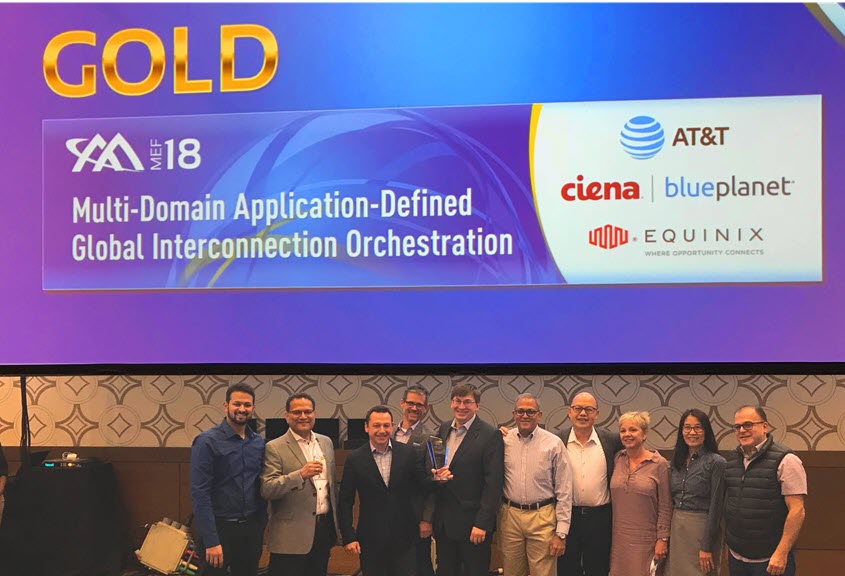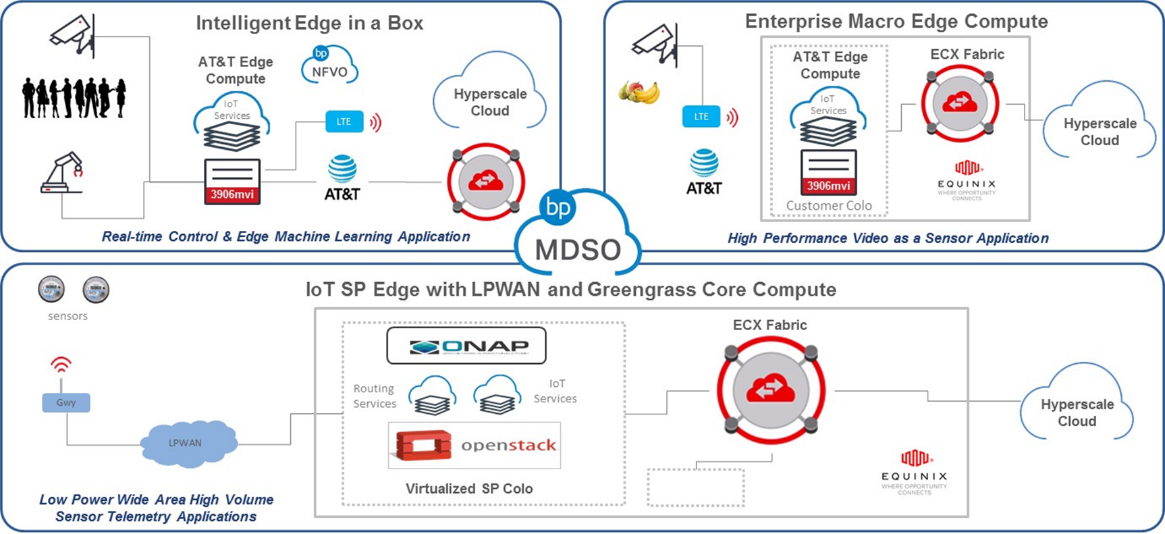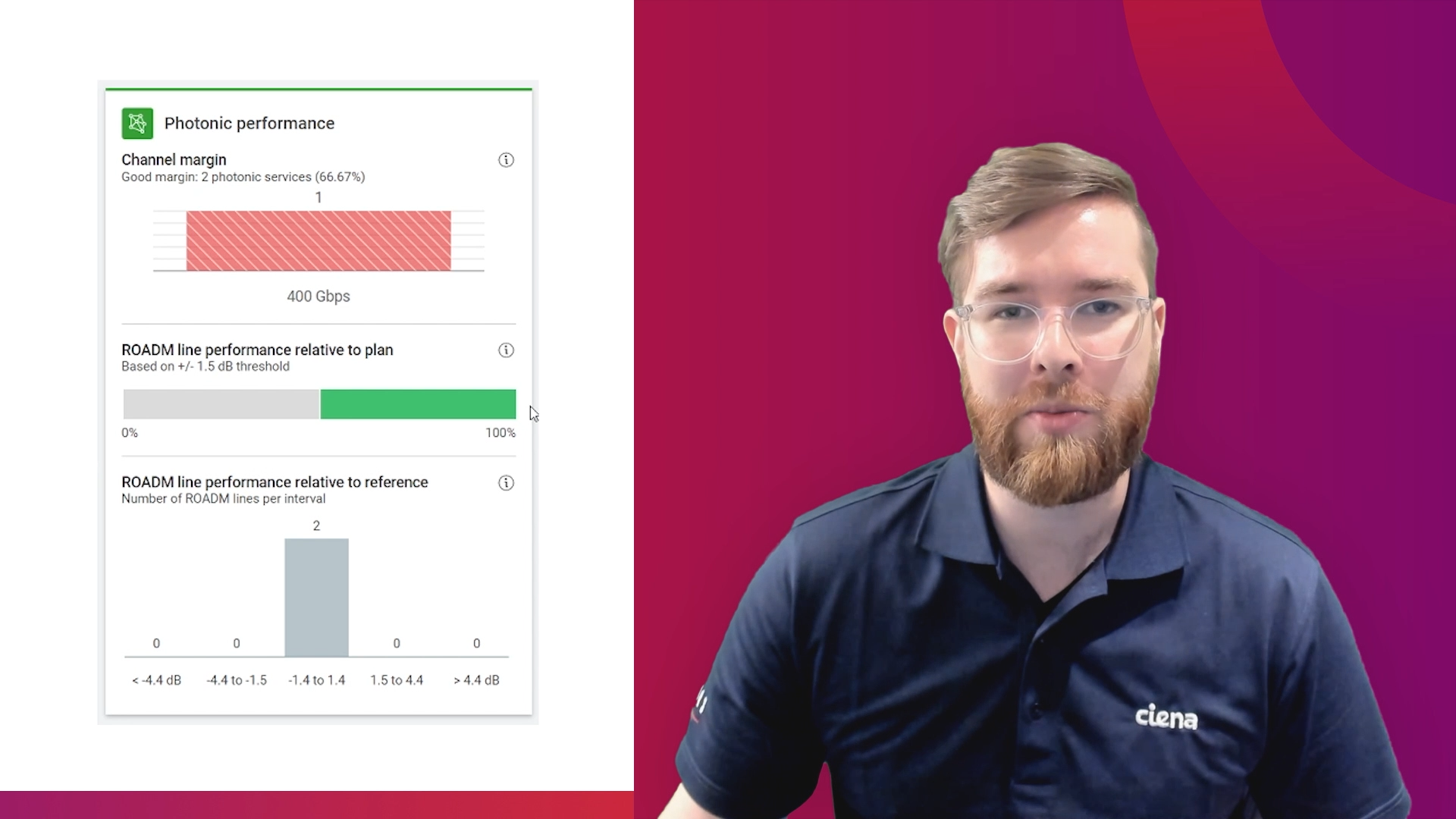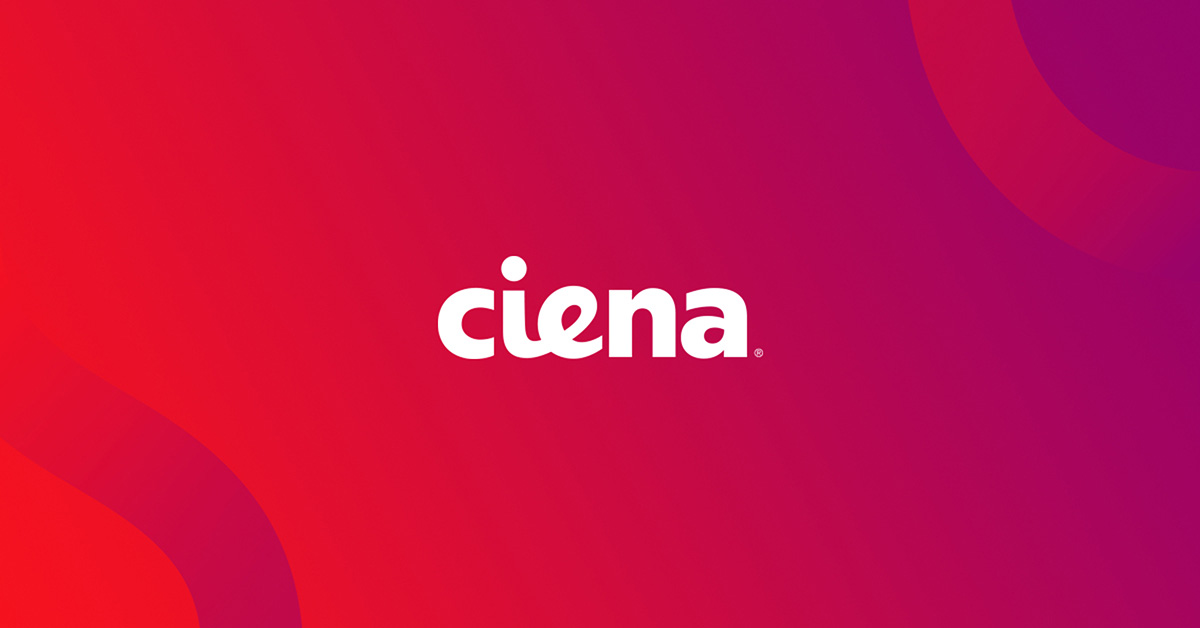Virtualizing the edge, colocation, and open topologies

The Multi-Domain Application-Defined Global Interconnection Orchestration PoC earned the Gold Medal at #MEF18
Enterprises have an insatiable appetite for virtualized network services (ex. vRouter, vFirewall, vEncryptor) even as the complexity and interdependence of the ecosystem of cloud providers, cloud exchange providers, and service providers continue to increase. To achieve high levels of performance and scalability for different services, virtualization adapts the network by moving compute and storage functions where and when needed. For some virtual network services, that means closer to the edge, whereas for others that means within a data center colocation. Virtual network services can also take advantage of product-independent platforms designed for real-time, policy-driven orchestration and automation.
As virtualization services spin up faster, being delivered where and when needed, intelligent automation across an ecosystem of service providers has become a necessity to knit together both physical and virtual elements. Coordination between all segments of the network– cloud, cloud exchange, and service providers – is critically important to the success of the end-to-end service spanning edge, colocation, and cloud.
During this year’s MEF18 Proof of Concept (PoC) showcase and the “Multi-Domain Application-Defined Global Interconnection Orchestration” PoC, Ciena’s Blue Planet Multi-Domain Service Orchestration (MDSO) enabled intelligent automation across an AT&T, Ciena, and Equinix ecosystem for three very different applications, featuring: real-time and low latency, high-capacity video processing, and high-volume sensor telemetry.
 Multivendor PoC Ecosystem
Multivendor PoC Ecosystem
Intelligent Edge in a Box
In the first PoC, two types of virtualized services were performed: real-time control and edge machine learning. VNFs utilizing Ciena’s 3906mvi Service Virtualization Switch were deployed at the edge to showcase machine learning for video services, specifically image recognition. A live camera mounted on the POC booth was used to recognize human shapes. VNFs will be used to do real-time processing of the video.
Image recognition at the edge reduces the amount of video data traffic sent across the network, as well as the number of servers required. This real-world use case for this could be an enterprise application where video surveillance at a manufacturing plant uses industrial robotics to automate tasks in production lines.
Not all services are the same, but they all can be virtualized wherever best utilized to maximize efficiencies.
Enterprise Macro Edge Compute
The second use case used another camera to capture video from the show floor. As different objects were captured by the camera, an application connected to the camera took frames from the video stream and then did processing within the Equinix data center, where there was another Ciena device running an application to do screen grabs for image recognition. In this case, we leveraged connectivity through the Equinixcloud exchange to reach Amazon Web Services (AWS). This provided the enterprise with low latency, high-performance connection between the customer colocation to the AWS cloud high-performance compute.
Both of the above enterprise use cases save time and money, reducing waste, and providing high-quality products. Most tedious and dangerous manufacturing tasks can be monitored and automated, optimally utilizing network resources.
IoT Service Provider Edge with Low Power Wide Area Network
The third use case, is an IoT example of high-volume sensor telemetry, yet at lower speed and bandwidth. Temperature readings from two sensors on the MEF18 showroom floor were gathered using low power wide area network (LPWAN) technology and transmitted to the Equinix data center. The service provider, colocated with Equinix, received the temperature telemetry using an Open Network Automation Platform (ONAP) OpenStack service edge for processing of the telemetry. As in the previous use case, local processing at the service provider edge forwarded the data to the AWS cloud for backend analysis, reporting, and storage in the cloud.
Smart meter reading, in this case temperature reading services for an enterprise customer, can use intelligent communications to transmit and receive bytes of data, in order to maximize efficiency.
VNF business services will require rapid implementation and scale to facilitate transformation of networks by hosting multiple VNFs at the network edge or colocation. Ciena’s compact and modular 3906mvi and 3926m Service Virtualization Platforms deliver 1GbE or 10GbE and 3rd party VNF hosting capabilities functionality, optionally with Ciena’s D-NFVI Software suite.
So, get ready, as this virtual world is about to get real, very real!






